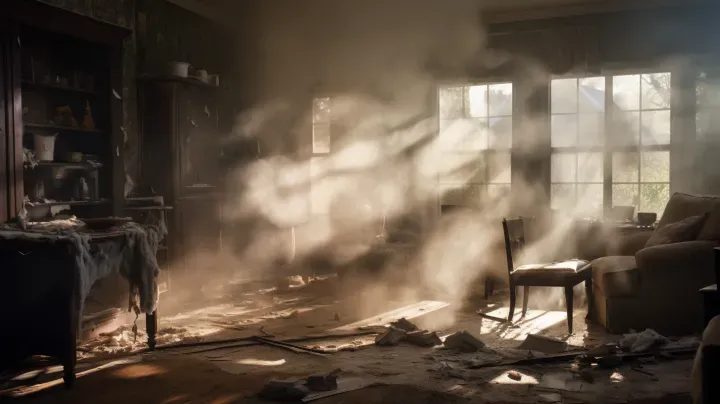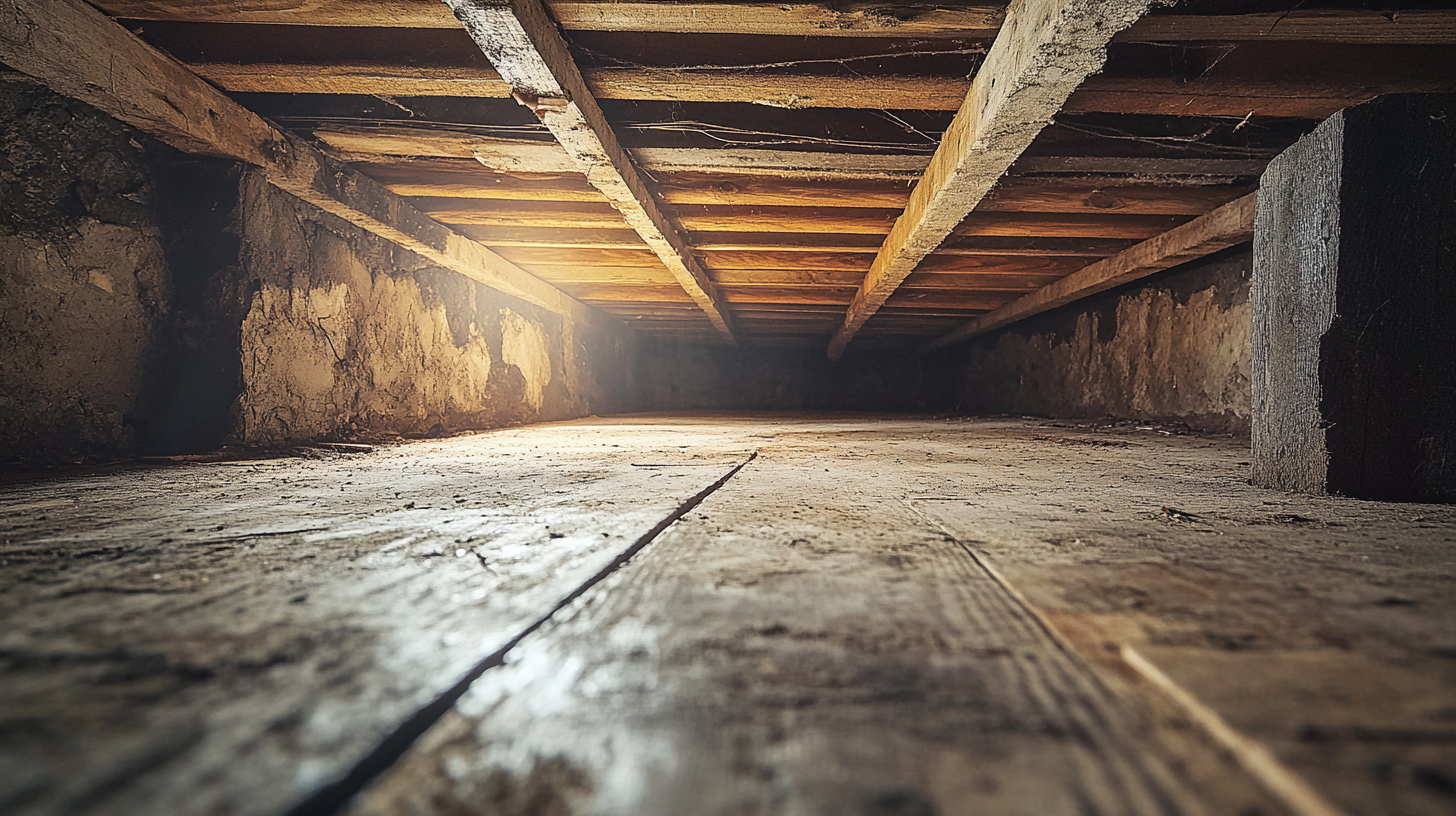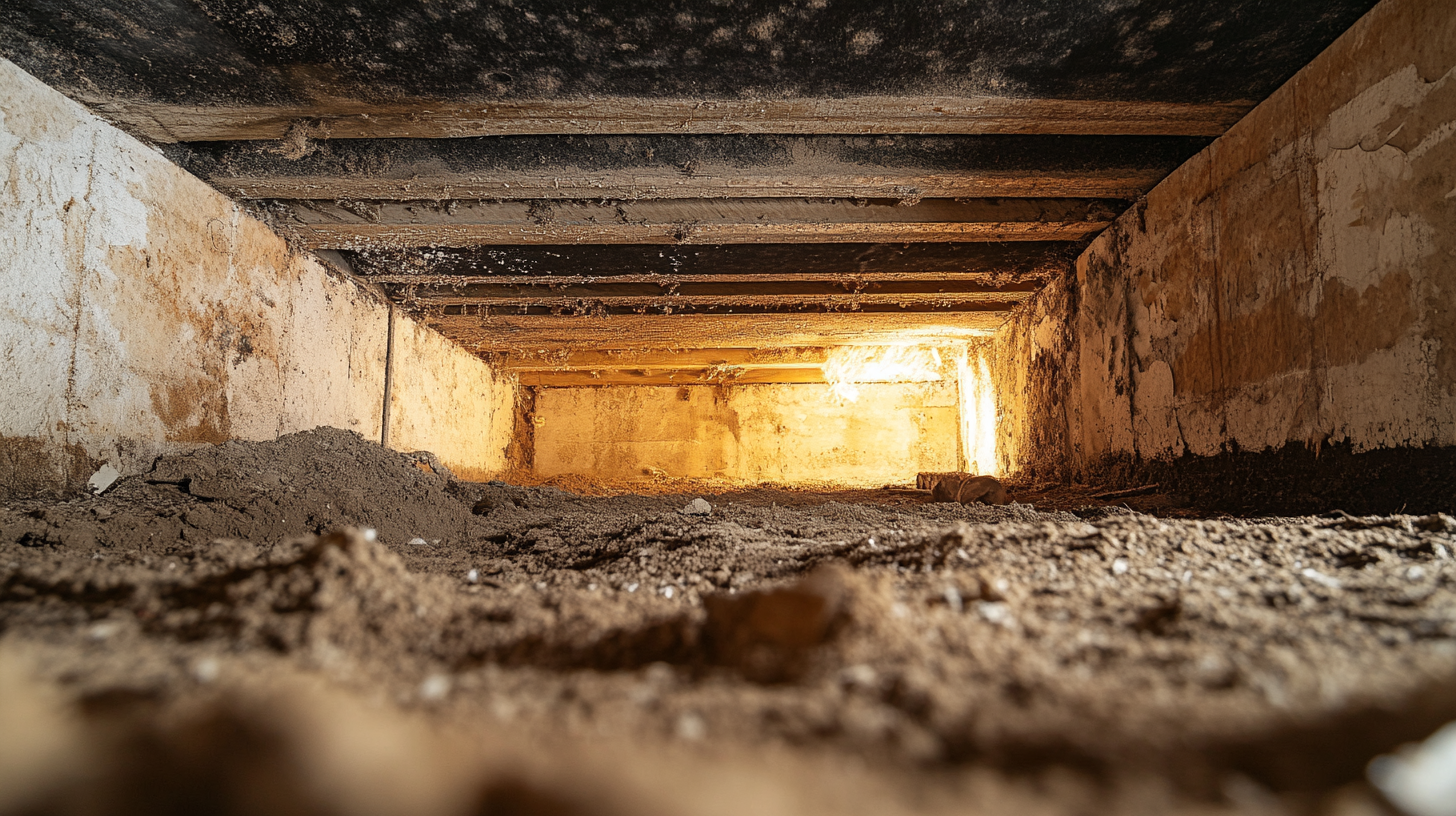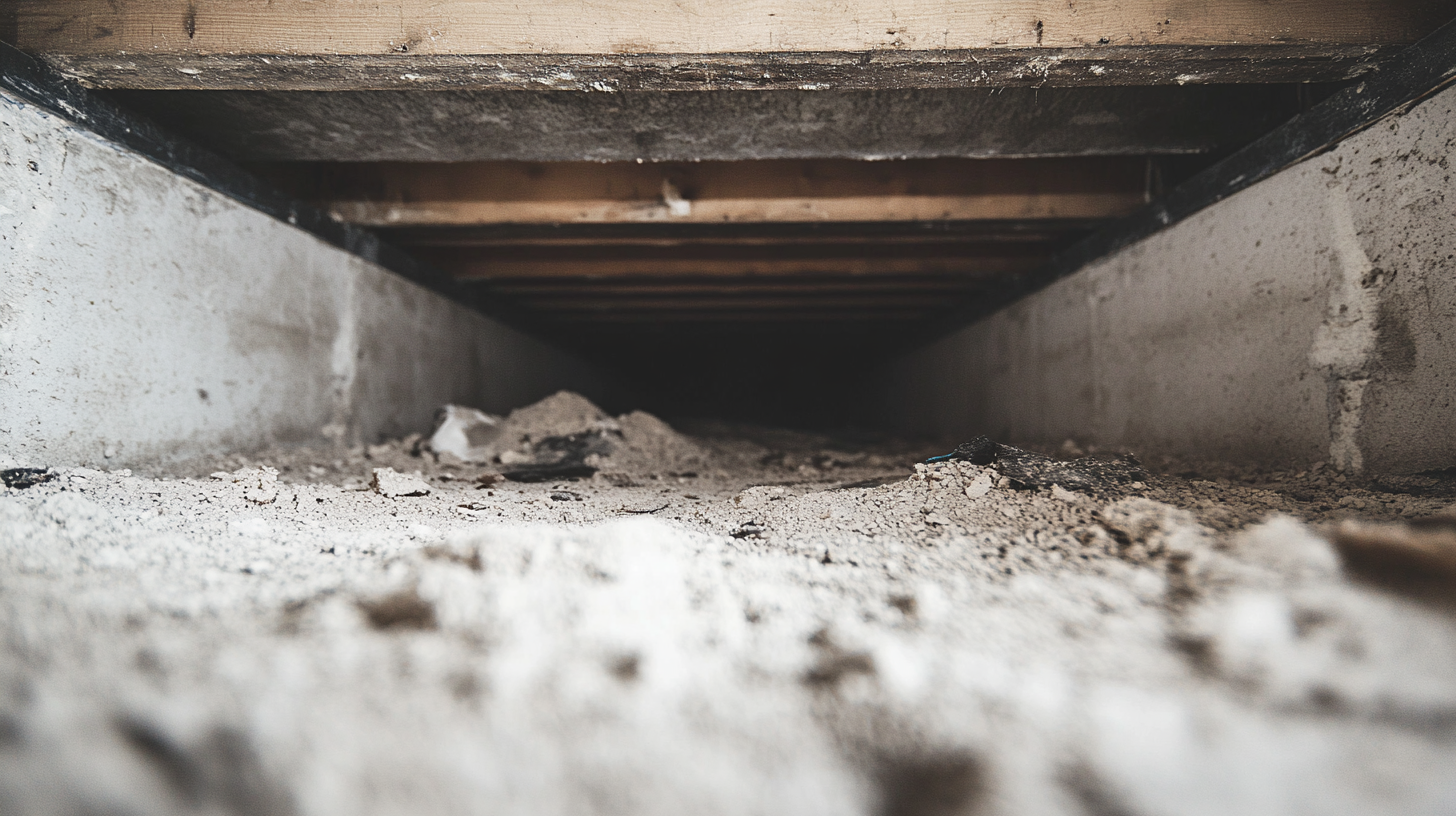Smoke Damage in Electronics

Smoke damage, often a byproduct of fires, poses a significant risk not just to buildings and furniture but also to electronic devices. This blog post aims to provide an overview of how electronics can be affected by smoke damage and highlight the critical importance of proper handling and restoration to preserve their functionality.
When electronics are exposed to smoke, they are not only susceptible to the obvious risks of heat and flames but also to the less visible but equally damaging effects of smoke and soot. Smoke can infiltrate the intricate components of electronic devices, leaving behind corrosive residues and conductive soot. These residues can cause short circuits, degrade circuit boards, and lead to the failure of key components, ultimately compromising the functionality and lifespan of the devices.
Understanding the nature of smoke damage and the specific ways it can harm electronics is crucial. Equally important is recognizing the need for proper handling and restoration techniques. Quick and appropriate action is essential to mitigate damage and increase the chances of successful restoration. This involves not only cleaning but also ensuring that the devices are thoroughly evaluated and treated by professionals who understand the complexities of smoke-damaged electronics.
In the following sections, we will delve deeper into the specifics of how smoke affects electronic devices and discuss the
best practices for handling and restoring them. By understanding these aspects, you can take informed steps to protect your valuable electronics and, where possible, restore their functionality after smoke exposure.
Understanding Smoke Damage in Electronics
Smoke damage in electronics is a critical issue that can significantly impact their functionality and longevity. This section aims to elucidate how smoke affects electronic devices and to differentiate between the types of smoke damage, providing a comprehensive understanding of this often-overlooked problem.
How Smoke Affects Electronic Devices
Explanation of the Physical and Chemical Effects of Smoke on Electronic Components:
- Corrosive Nature of Smoke: Smoke from fires often contains corrosive substances that can damage the metal components in electronic devices. This corrosion can lead to short circuits and permanent damage to circuit boards and connectors.
- Conductive Soot Deposits: Soot particles, which are tiny and conductive, can settle on electronic components. These particles can create pathways for electricity to flow where it shouldn't, potentially causing short circuits and overheating.
- Thermal Damage: The heat from a fire can melt or warp plastic components and solder joints, leading to physical damage that is often irreparable.
- Insulation Breakdown: Smoke can cause the breakdown of insulation on wiring, further increasing the risk of short circuits and electrical failures.
Types of Smoke Damage
Different types of smoke residues have varying impacts on electronics:
- Acidic Smoke Residue: Acidic residues result from the burning of certain materials like PVC. This type of residue is particularly harmful as it can rapidly corrode metal surfaces, leading to a loss of conductivity and function.
- Oily Smoke Residue: Oily residues are typically a result of fires involving synthetic materials. These residues can be challenging to clean as they adhere strongly to surfaces, creating a layer that traps heat and hampers the normal operation of the device.
- Dry Smoke Residue: Dry smoke residues are often a result of high-temperature fires burning organic materials. While less corrosive, they can still infiltrate small spaces in electronics, disrupting connections and coating sensitive components.
Immediate Steps After Smoke Exposure
When electronics are exposed to smoke, taking immediate and appropriate steps is crucial to mitigate further damage and increase the chances of successful restoration. This section covers the essential actions to be taken immediately following smoke exposure, with a strong emphasis on safety and initial assessment.
Safety First
Emphasizing the Importance of Safety When Handling Smoke-Damaged Electronics:
- Power Off and Unplug: Immediately turn off and unplug any smoke-exposed electronics. This reduces the risk of electrical hazards and further damage.
- Use Protective Gear: Wear gloves and a mask when handling smoke-damaged electronics. Smoke residue can contain harmful substances that should not be inhaled or come into contact with skin.
- Avoid Immediate Use: Do not attempt to turn on or use the electronics immediately after exposure. This can cause further damage to the internal components.
- Ensure Ventilation: Work in a well-ventilated area to avoid inhaling any potentially toxic fumes from the damaged electronics.
Initial Assessment
Guidelines for Assessing the Extent of Smoke Damage:
- Visual Inspection: Carefully inspect the exterior of the device for signs of smoke residue, soot, or physical damage. Look for any visible signs of corrosion or discoloration.
- Smell Test: A strong odor can indicate that smoke has penetrated the device, potentially causing internal damage.
- Check for Signs of Melting: Examine the device for any signs of melting or warping, especially around plastic components and connectors.
- Professional Consultation: If the damage appears extensive, or if you are unsure of the severity, consult a professional. They can provide a more thorough assessment and advise on the best course of action.
- Document the Damage: For insurance purposes, document the damage with photos and detailed notes. This can be helpful for insurance claims or professional repair services.
DIY Cleaning Tips for Smoke-Damaged Electronics
Dealing with smoke-damaged electronics can be challenging, but with the right approach and tools, you can effectively clean and potentially restore them. This section provides DIY cleaning tips, emphasizing the preparation and specific techniques for different types of electronics.
Preparing for Cleaning
Before starting the cleaning process, it’s important to be well-prepared:
Gathering Necessary Tools and Materials:
- Soft brushes and microfiber cloths for gentle cleaning.
- Isopropyl alcohol (at least 90%) for disinfecting and cleaning.
- Canned air or a small vacuum cleaner for removing loose soot and debris.
- Cotton swabs for cleaning hard-to-reach areas.
- Screwdrivers for disassembling electronics, if necessary.
Precautions to Take Before Starting the Cleaning Process:
- Ensure all devices are turned off and unplugged.
- Wear protective gloves and a mask to avoid direct contact with harmful residues.
- Work in a well-ventilated area to prevent inhalation of fumes.
- Be aware of warranty conditions – some cleaning actions might void warranties.
Cleaning Process for Different Electronics
Different electronics require tailored cleaning approaches:
Techniques for Cleaning Smoke Residue from Various Electronics:
- Computers and Laptops: Carefully open the casing if possible. Gently use canned air to remove loose soot. Wipe surfaces with a cloth dampened with isopropyl alcohol.
- Televisions: For flat screens, gently wipe the screen and casing with a microfiber cloth. Avoid excessive moisture which can seep into the screen.
- Smartphones: Remove any cases or covers. Use a soft brush to dislodge soot from ports, followed by wiping with a cloth slightly dampened with isopropyl alcohol.
Special Considerations for Delicate Electronics:
- For intricate or delicate devices like cameras or high-end audio equipment, be extra cautious. Avoid disassembly if you’re not familiar with the device’s construction.
- Use minimal liquid, as moisture can cause more harm than good. Focus on gentle brushing and air blowing.
- If unsure, it’s better to consult a professional rather than risk further damage.
Professional Cleaning and Restoration
While DIY methods can be effective for minor smoke damage, there are situations where professional cleaning and restoration services are necessary to salvage electronics. Understanding when to seek professional help and what the restoration process entails is crucial for making informed decisions about your smoke-damaged electronics.
When to Seek Professional Help
Identifying Situations Where Professional Cleaning is Necessary:
- Extensive Damage: If the smoke damage is widespread or the electronics were exposed to smoke for an extended period, professional cleaning may be required.
- Sensitive or High-Value Electronics: Items like high-end audio equipment, computers with critical data, or vintage electronics often require the expertise of professionals.
- After Firefighting Efforts: Electronics exposed to water or chemicals used in firefighting efforts typically need professional attention.
- Persistent Odors or Visible Residue: If odors or residues persist after DIY cleaning, it indicates the need for more thorough cleaning methods available with professionals.
- Safety Concerns: If there are concerns about electrical safety or handling potentially toxic residues, it’s best to consult professionals.
The Restoration Process
Overview of the Services Offered by Professional Electronics Restoration Companies:
- Initial Assessment and Testing: Professionals start with a thorough assessment of the damage and conduct initial testing to determine the functionality of the electronics.
- Disassembly and Detailed Cleaning: They carefully disassemble the devices to clean each component. This often involves specialized equipment and solutions to remove soot, corrosion, and residues effectively.
- Deodorization: Advanced techniques are used to eliminate any lingering smoke odors, ensuring the electronics are free of any smells.
- Data Recovery and Backup: For devices like computers and smartphones, data recovery and backup services are often provided to protect valuable information.
- Functionality Testing and Quality Assurance: After cleaning and restoration, the electronics undergo rigorous testing to ensure they are fully functional. Quality assurance checks are conducted to guarantee the highest standards of restoration.
- Warranty on Services: Many professional restoration services offer a warranty on their work, providing peace of mind and assurance of quality.
Dealing with Smoke Odor in Electronics
Smoke odor in electronics can be particularly challenging to address. While the physical cleaning of smoke residue is one aspect, eliminating the persistent smell that smoke leaves behind requires specific techniques. This section explores both DIY methods for reducing odor and the effectiveness of professional odor neutralization services.
DIY Odor Removal Techniques
There are several natural and household methods to reduce smoke odor in electronics:
Natural and Household Methods for Reducing Odor:
- Baking Soda: Sprinkle baking soda around the electronic device (not directly on it) to absorb odors. Baking soda is a natural odor absorber.
- Activated Charcoal: Place activated charcoal in close proximity to the electronics. Charcoal is known for its odor-neutralizing properties.
- White Vinegar: Wipe the exterior of the device with a cloth lightly dampened with white vinegar. Vinegar can help neutralize odors without damaging the electronics.
Precautions to Avoid Further Damage:
- Avoid Direct Application: Do not apply baking soda, vinegar, or any liquid directly onto the electronic components.
- Gentle Cleaning: When wiping the exterior, do so gently to avoid pushing smoke particles into the device.
- Avoid Moisture: Ensure that any method used does not introduce moisture into the electronic components, as this can cause further damage.
Professional Odor Neutralization
For persistent odors, professional services can be more effective:
The Effectiveness of Professional Odor Removal Services:
- Professional services use advanced techniques and equipment to neutralize and remove odors from electronics.
- Techniques such as ozone treatment and thermal fogging are commonly used by professionals to penetrate deeply and eliminate odors at the source.
- Professional services are particularly beneficial for high-value or sensitive electronics where DIY methods are insufficient or risky.
- They can also provide a thorough cleaning and assessment to ensure the electronics are not only odor-free but also functionally sound.
FAQs
Contact Fast Response Cleaning & Restoration Today!
Fast Response Cleaning & Restoration will do everything we can to ensure your experience with us is excellent.
Request A FREE Estimate
Request A FREE Estimate Form
CHECKOUT RECENT POST



Have an Emergency? We're Here to Help!
When it comes to disaster cleanup, we are a seasoned veteran in the industry and have helped hundreds of property owners just like you.
Our disaster recovery teams are available 24-7 to quickly clean up and repair disasters of all types.
